After a long period of communication problems with Voyager 1, NASA has for the first time received a meaningful signal from the spacecraft flying in interstellar space.

Simulation of the Voyager spacecraft flying in space. Photo: NASA
After four months of intense testing, NASA finally received a readable signal from the Voyager spacecraft, Live Science reported on March 15. The nearly 50-year-old spacecraft has been experiencing problems with its onboard computer since November 2023. Although Voyager 1, one of NASA's longest space missions, has been sending regular radio signals back to Earth, the signals contain no useful data, leaving scientists puzzled.
Now, in response to a command sent from Earth on March 1, NASA has received a new signal from Voyager 1 that engineers have been able to decipher. Scientists on the mission hope the information can help them explain the spacecraft’s recent communications problems.
"The source of the problem appears to be one of three onboard computers, the flight data subsystem (FDS), which is responsible for packaging scientific and engineering data before sending it back to Earth using the telemetry modulator," NASA said.
On March 1, in an effort to find a solution to Voyager 1’s computer problem, NASA sent commands to the spacecraft’s FDS, instructing it to use different sequences in its software package to efficiently scan for potentially corrupted data. Voyager 1 is more than 15 billion miles from Earth. That means any radio signal sent from Earth takes 22.5 hours to reach the spacecraft, and any response takes the same amount of time to be picked up by an antenna on Earth.
On March 3, NASA detected activity from a part of the FDS that differed from the unreadable data stream they had previously received. Four days later, engineers began the task of decoding the signal. On March 10, the team discovered that the signal contained information about the entire FDS memory, including instructions on what the FDS should do, coded values that could be changed at NASA’s command or the spacecraft’s status, and downloadable scientific and technical data.
Voyager 1 has flown farther from Earth than any man-made object. It launched in 1977, just weeks after its twin, Voyager 2. The mission was originally intended to explore Jupiter and Saturn. But nearly five decades and countless discoveries later, the mission continues to drift beyond the boundaries of the solar system.
NASA scientists will now compare the new information with data from before the problem arose, looking for coding differences and changes that might reveal the source of the problem. However, NASA stressed that it will take time to determine whether the information gleaned from the new signal can be used to solve Voyager 1’s long-running communications problems.
An Khang (According to Live Science )
Source link







![[Photo] Prime Minister Pham Minh Chinh receives Mr. Jefferey Perlman, CEO of Warburg Pincus Group (USA)](https://vstatic.vietnam.vn/vietnam/resource/IMAGE/2025/4/18/c37781eeb50342f09d8fe6841db2426c)
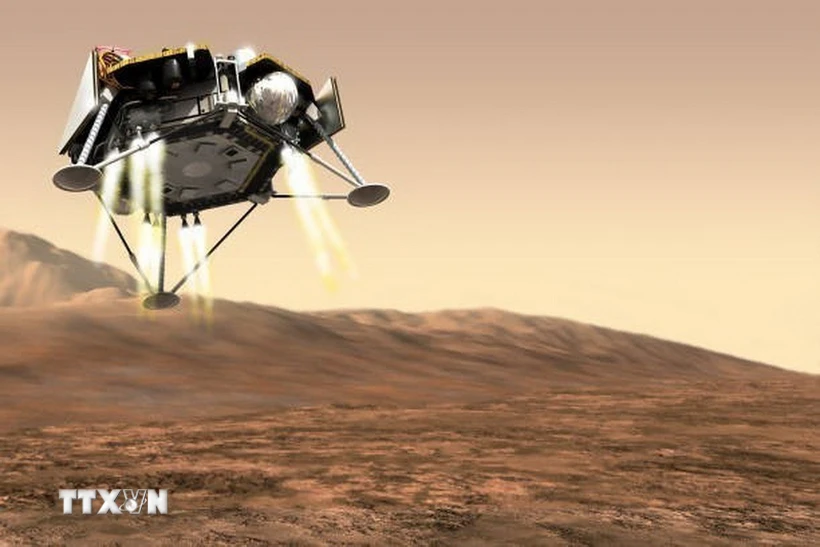

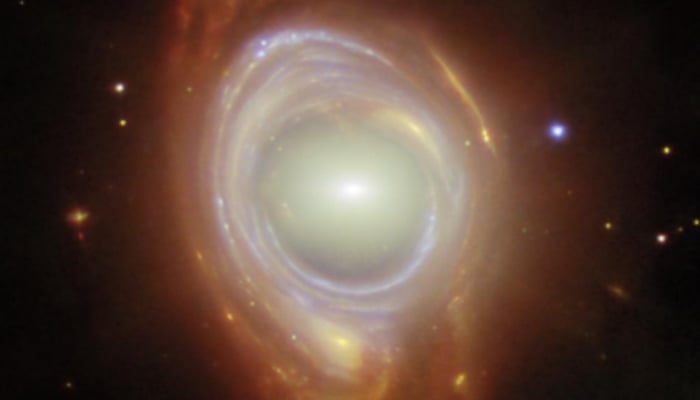

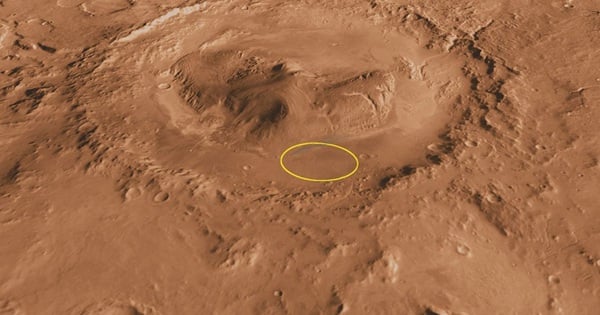

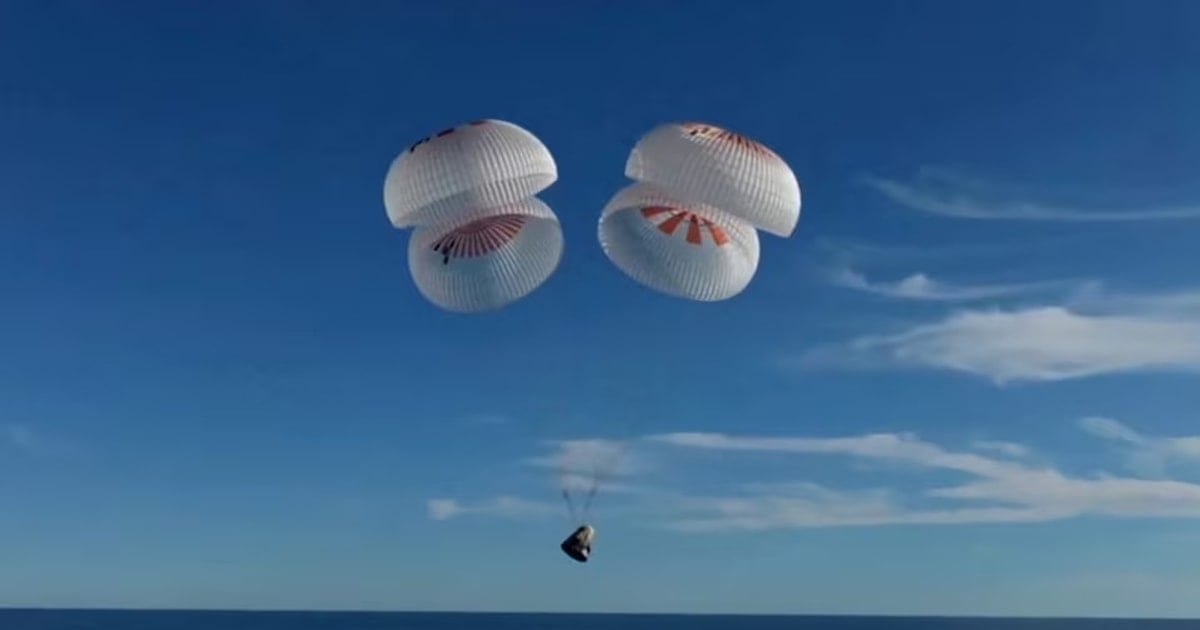

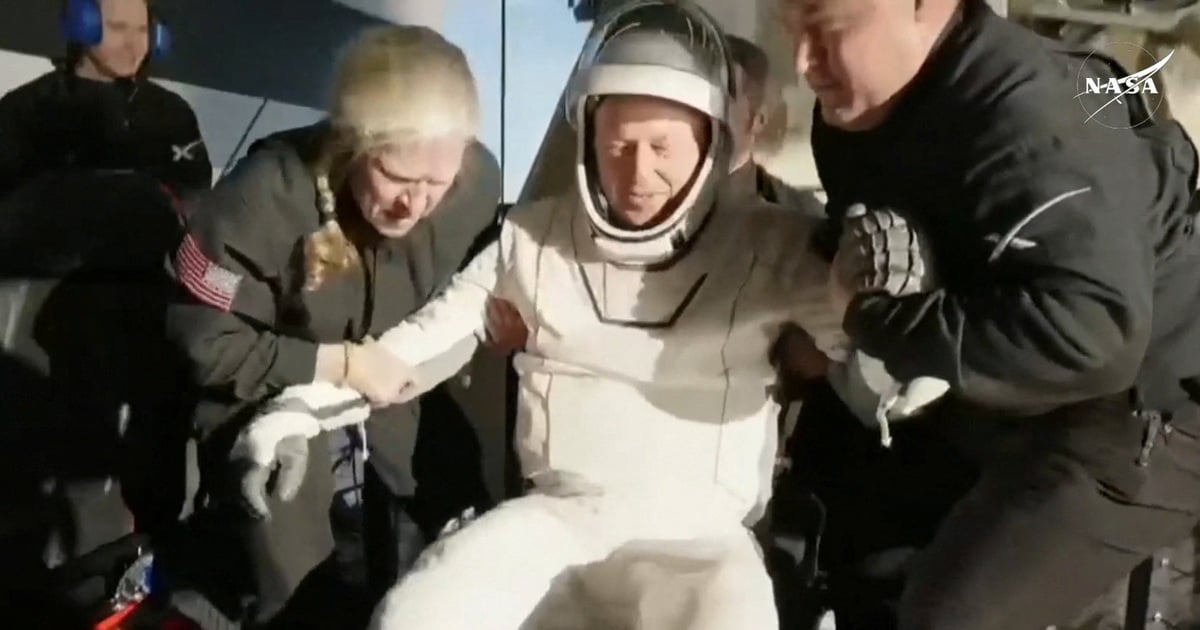

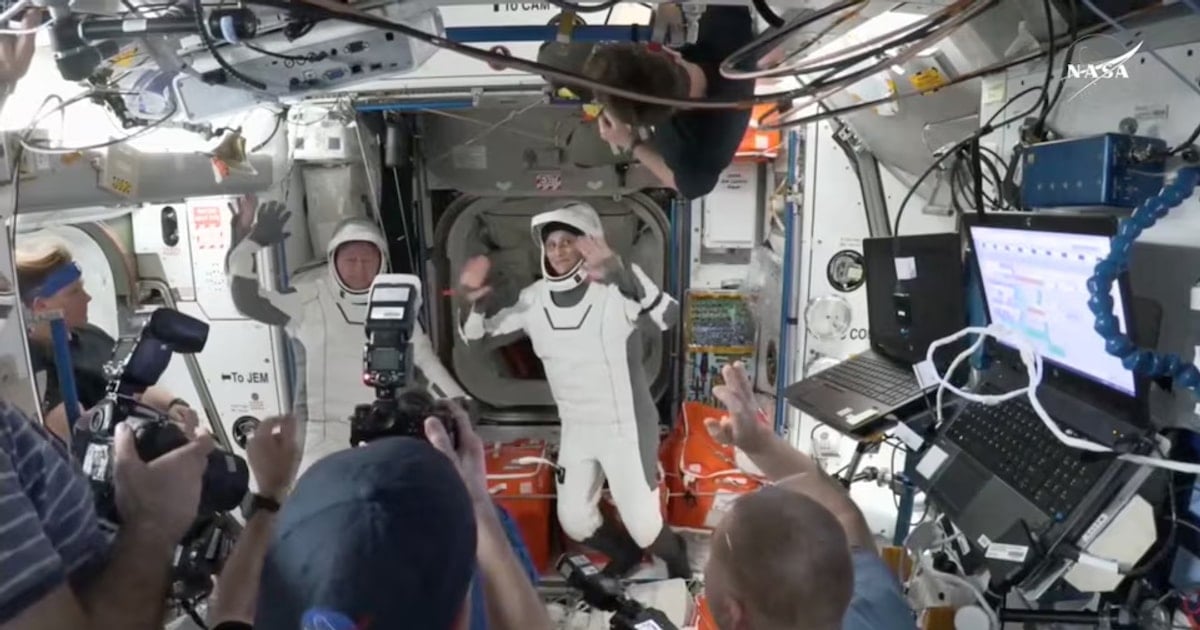

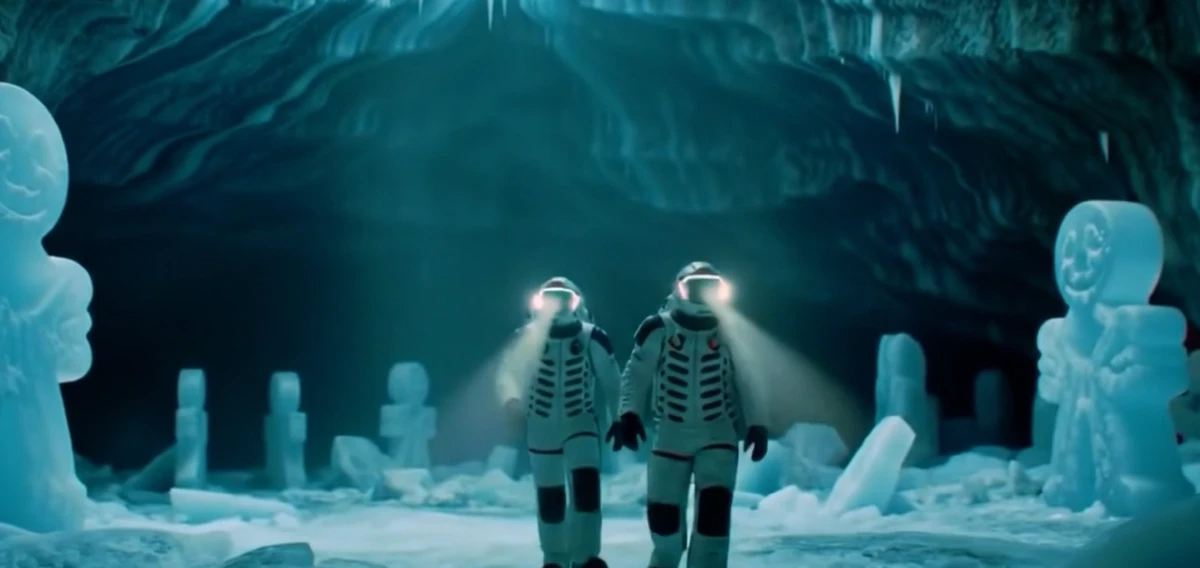









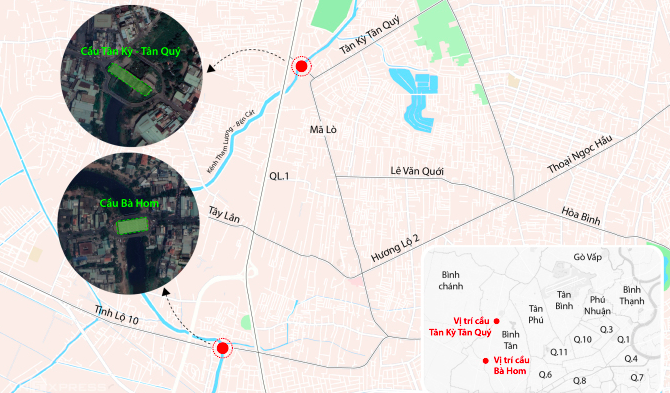


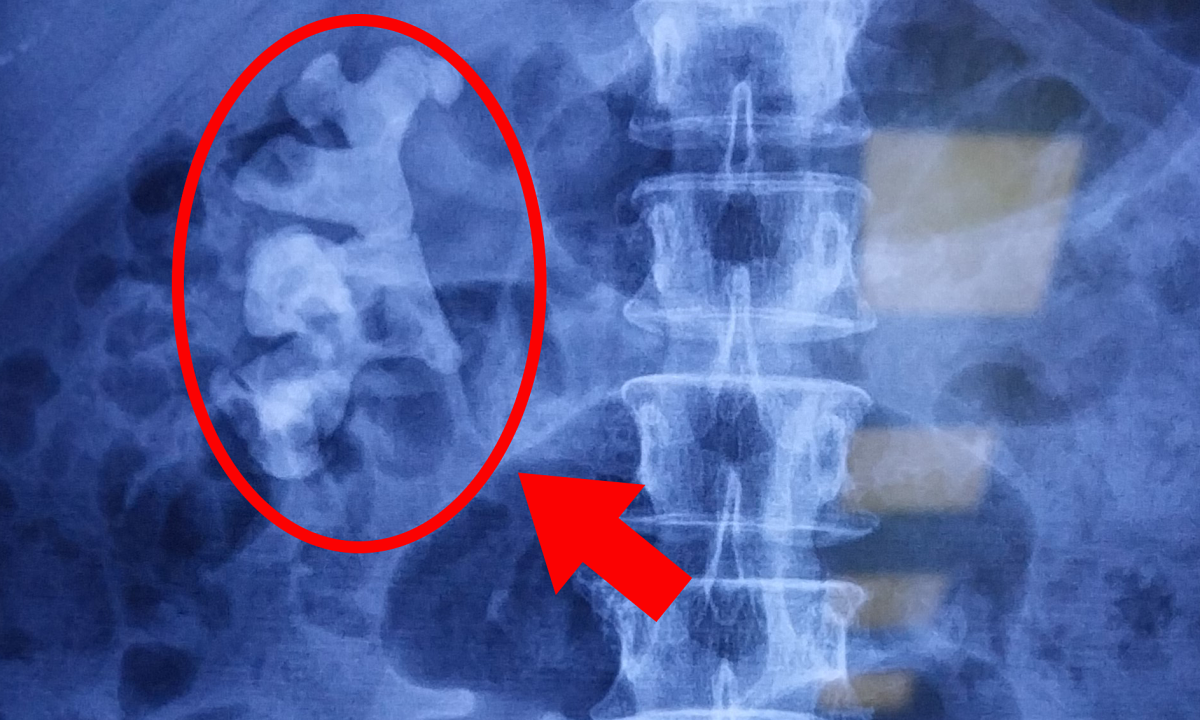
































































Comment (0)